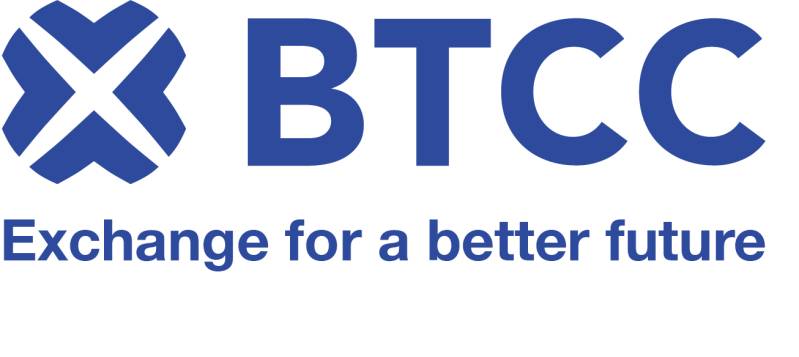 |
|
 |
|
 |
|
 |
|
 |
|
 |
|
 |
|
 |
|
 |
|
 |
|
 |
|
 |
|
 |
|
 |
|
 |
|
Cryptocurrency News Articles
Bitcoin Faces Continued Decline Amid Macroeconomic Uncertainty
Mar 31, 2025 at 04:30 pm
Bitcoin's decline has mirrored losses in traditional equity markets. The S&P 500 has fallen by over 6% this month

Bitcoin's price has started the week on a downward trajectory, falling by 1.33% over the past 24 hours to reach $82,000. This marks a continuation of the weeklong downtrend, with the asset losing more than 5% in the last 7 days.
The flagship cryptocurrency has faced a cascade of liquidations across the crypto market, largely driven by macroeconomic pressures and uncertainty around tariffs.
Bitcoin's decline closely follows losses observed in traditional equity markets. The S&P 500 has seen a decrease of over 6% this month, while the Nasdaq faced a smaller drop of 4.7%, respectively.
However, despite the recent sell-off, Bitcoin's long-term narrative remains positive for many, especially considering the massive losses in the first quarter, which saw a 13% decline.
Bitcoin Faces Continued Decline Amid Macroeconomic Uncertainty
Bitcoin’s price has started this week in the red, with BTC falling by 1.33% over the past 24 hours to reach $82,000. This marks a continuation of the weeklong downtrend, with the asset losing more than 5% in the last 7 days, triggering a cascade of liquidations across the crypto market.
The macroeconomic pressures and uncertainty around tariffs have contributed to a growing sense of unease in both traditional and digital financial markets. Investors are particularly attentive as former President Donald Trump prepares to announce his “Liberation Day” on April 2, which is expected to include sweeping “reciprocal tariffs.” These tariffs, designed to retaliate against foreign trade practices, are fueling fears of escalating trade tensions and contributing to market derisking, a trend where investors reduce exposure to riskier assets, including Bitcoin.
Further negative macroeconomic signals add to the market’s unease. Last week, Core PCE data pointed to higher-than-expected inflation, adding to the already existing pressure on the global economy. Consumer confidence, a key economic indicator, fell to its lowest level in over a decade, signaling widespread unease among the public. Moreover, Goldman Sachs has raised its recession forecast from 20% to 35%, citing heightened geopolitical risks and growing economic instability.
The combination of macroeconomic stress, heightened geopolitical risks, and a growing sense of caution in the financial markets paints a bleak outlook for BTC and other risk assets in the short term. While Bitcoin’s long-term narrative remains strong for many, its correlation with traditional markets during times of uncertainty suggests that further volatility may be ahead.
As investors continue to react to the ongoing uncertainty, Bitcoin’s ability to regain momentum may depend on the resolution of some of these macroeconomic challenges. Given the 13% loss in the first quarter and with macroeconomic pressures continuing to mount, the next few weeks will be crucial in determining Bitcoin’s trajectory. The focus will likely remain on the upcoming tariffs and inflation data, with investors on edge as they weigh the risk of further downturns or potential rebounds.
Disclaimer:info@kdj.com
The information provided is not trading advice. kdj.com does not assume any responsibility for any investments made based on the information provided in this article. Cryptocurrencies are highly volatile and it is highly recommended that you invest with caution after thorough research!
If you believe that the content used on this website infringes your copyright, please contact us immediately (info@kdj.com) and we will delete it promptly.




























































